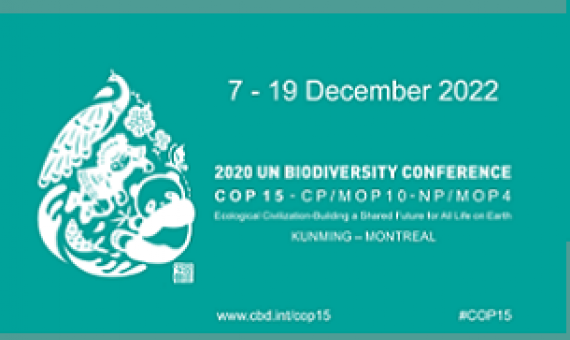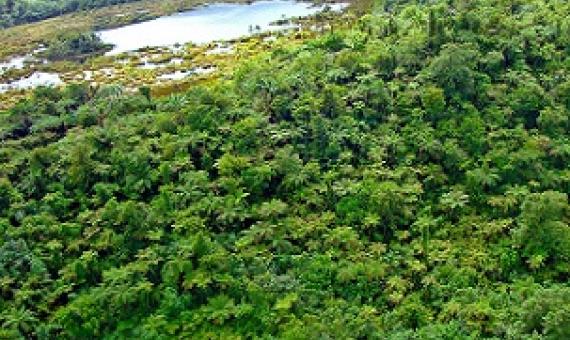30x30 A Guide to Inclusive, Equitable and Effective Implementation of Target 3 of the Kunming-Montreal Global Biodiversity Framework
This document is a guide along the path to realizing Target 3 of the KMGBF. It guides us through the text of the Target itself, breaking down all of the elements and, perhaps most importantly, it is loaded with links to more details. The path it offers leads to effective implementation through equitable and human rights-based action. It is a big guide for a big job. The development of this guide is a small example of the kind of cooperation and hard work that we need to succeed in Target 3.











